Edited by Admin_Dermpath
Case Number : Case 1923 - 12 Oct - Dr Richard Carr Posted By: Guest
Please read the clinical history and view the images by clicking on them before you proffer your diagnosis.
Submitted Date :
M85. Ear. C&C BAK/SCC?


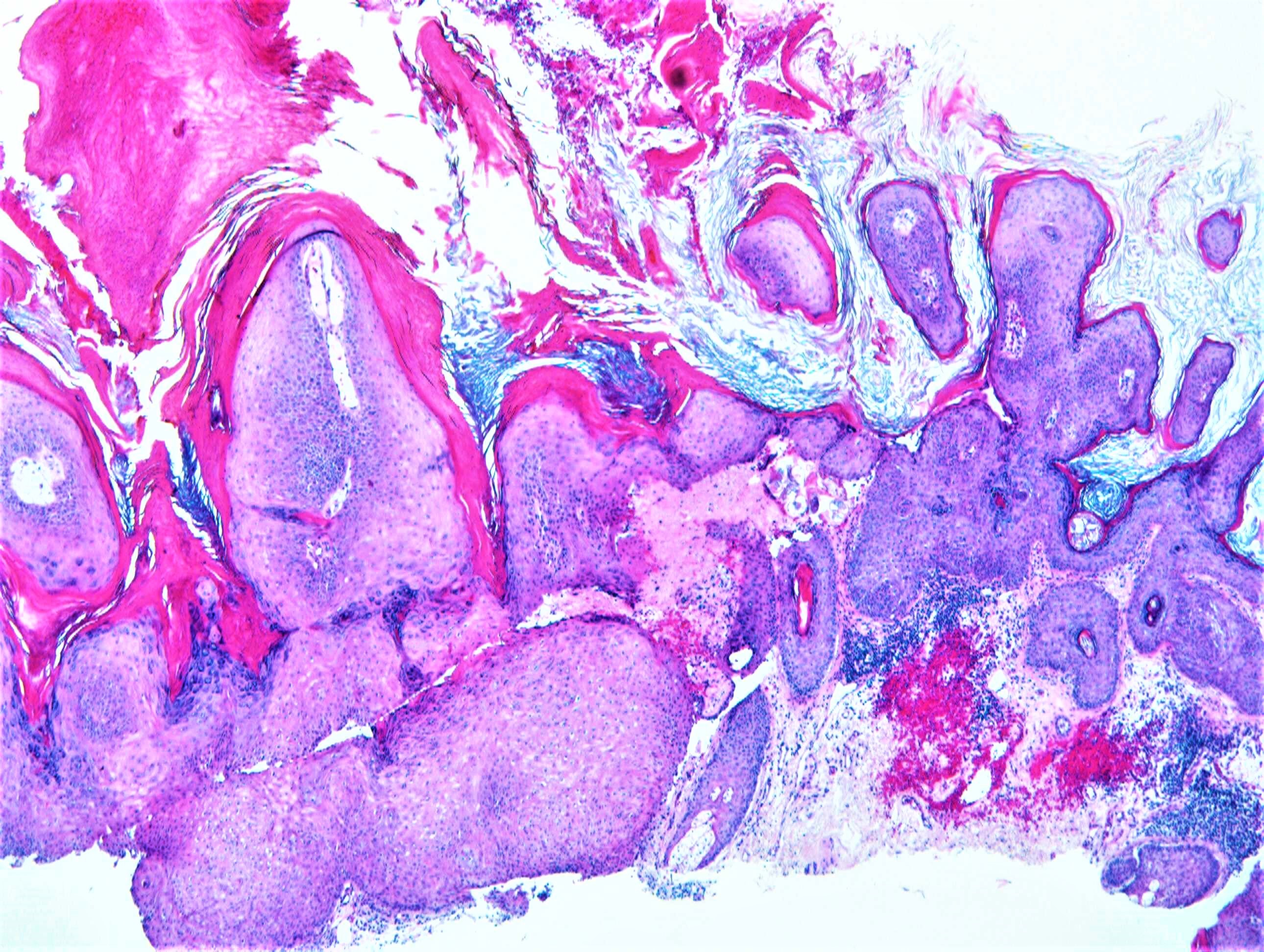
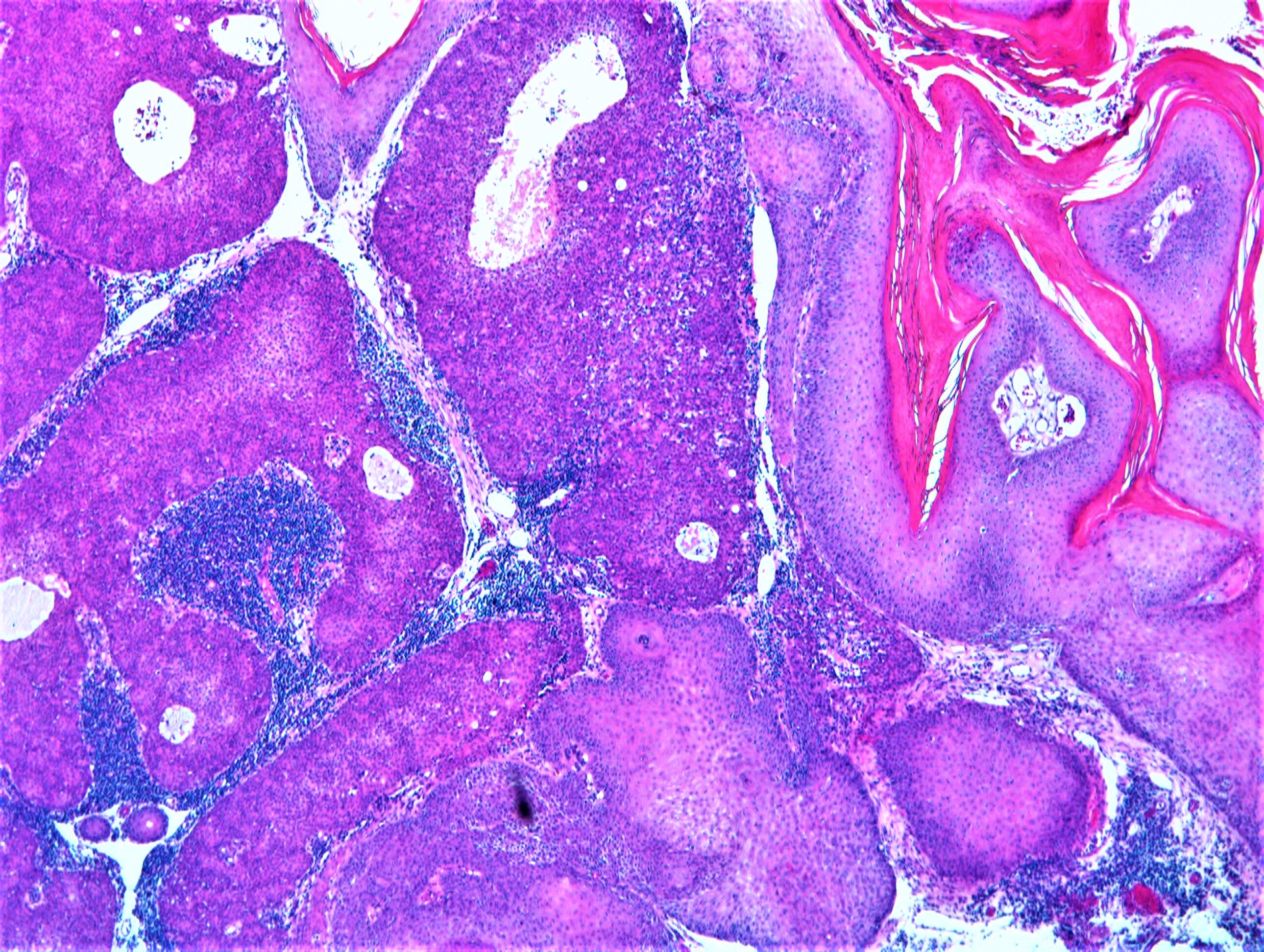
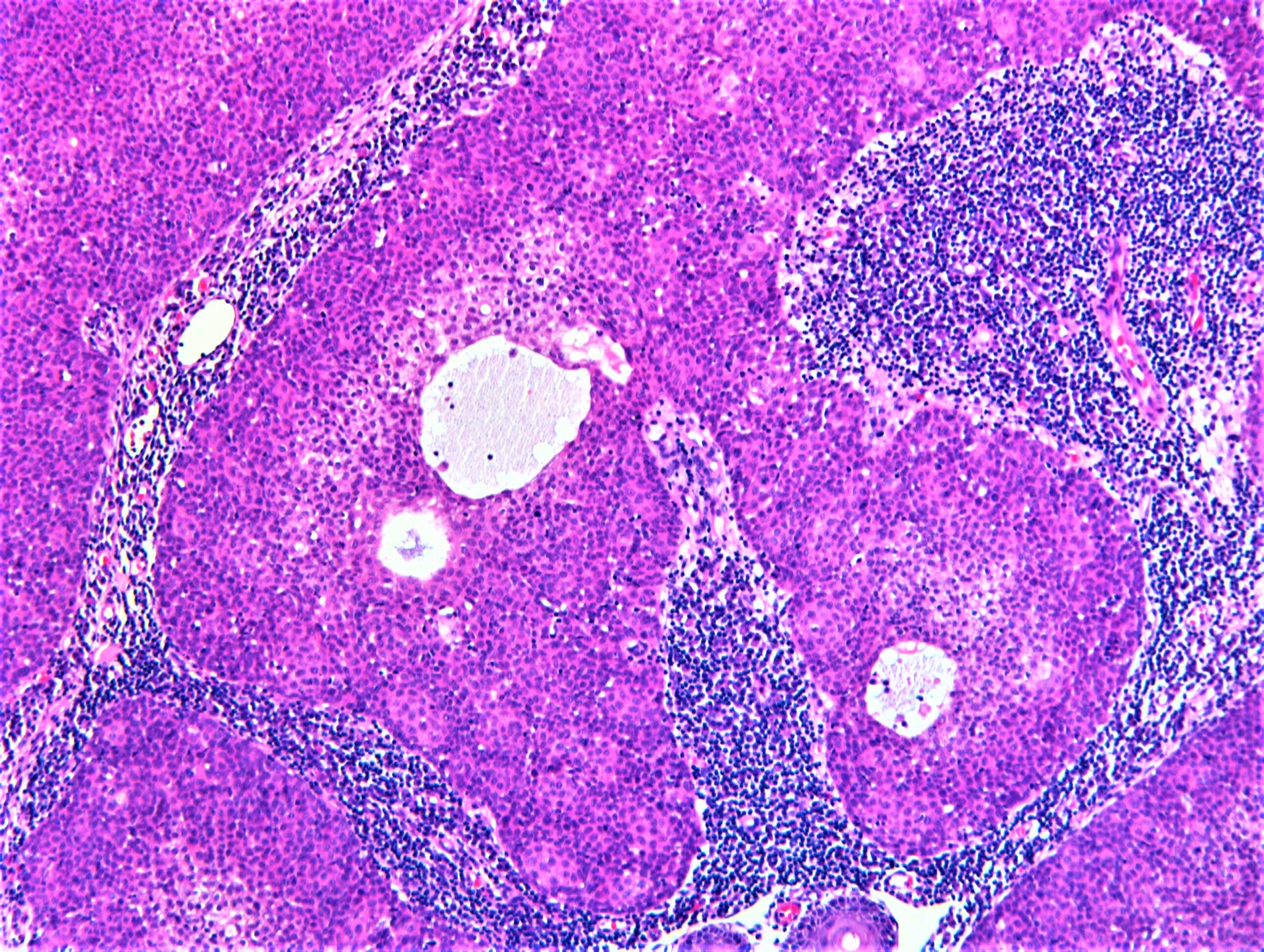

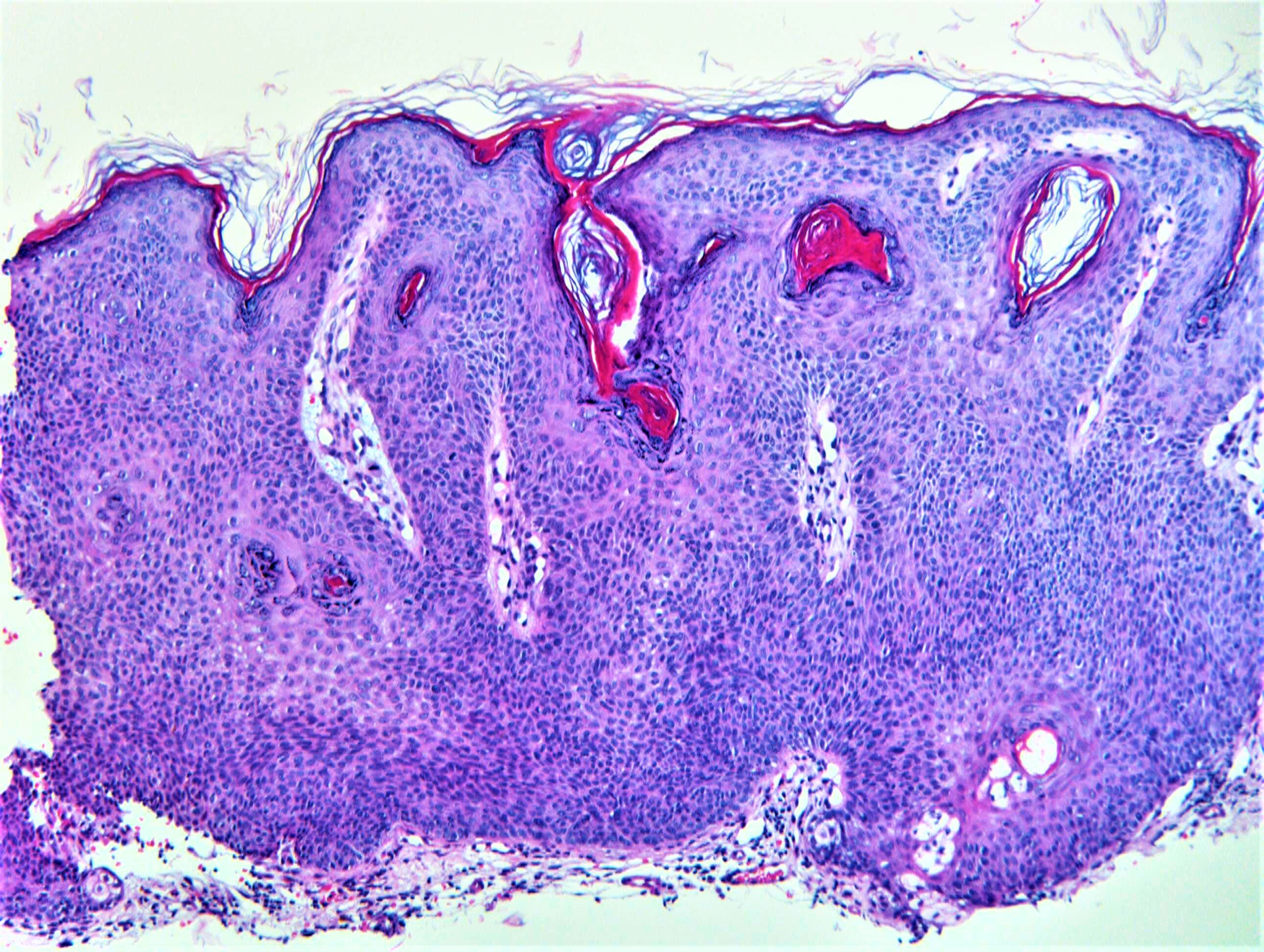

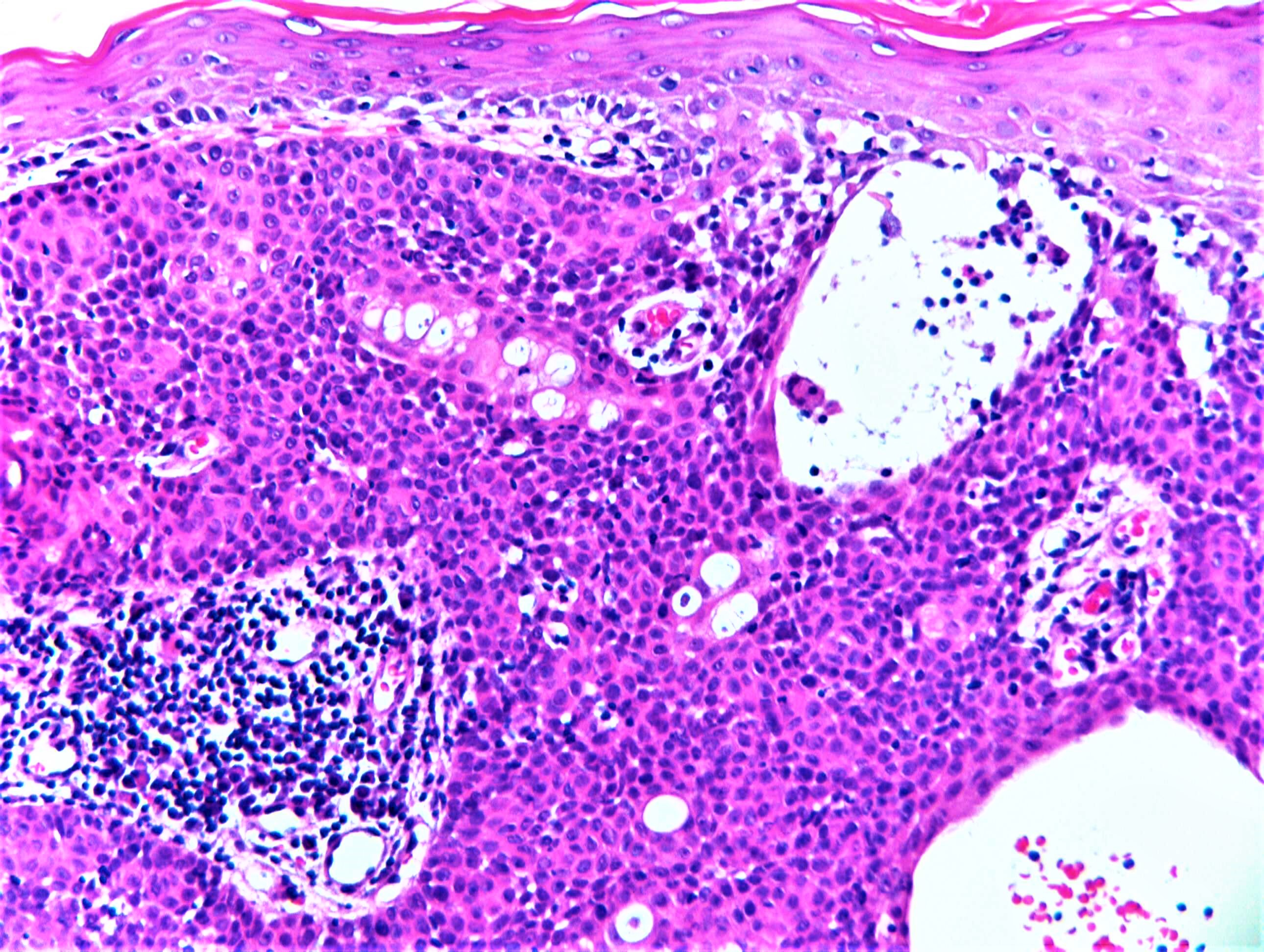

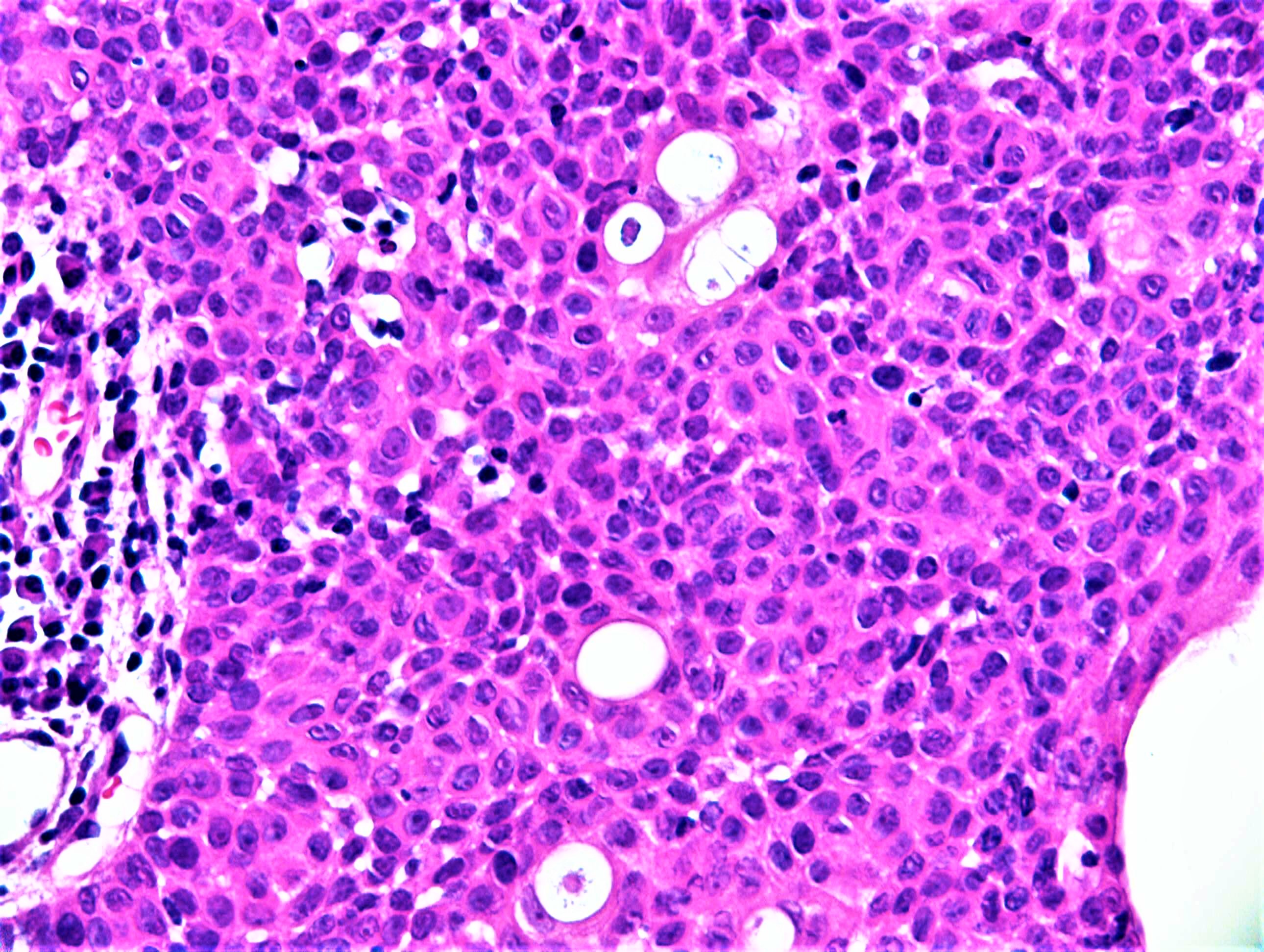

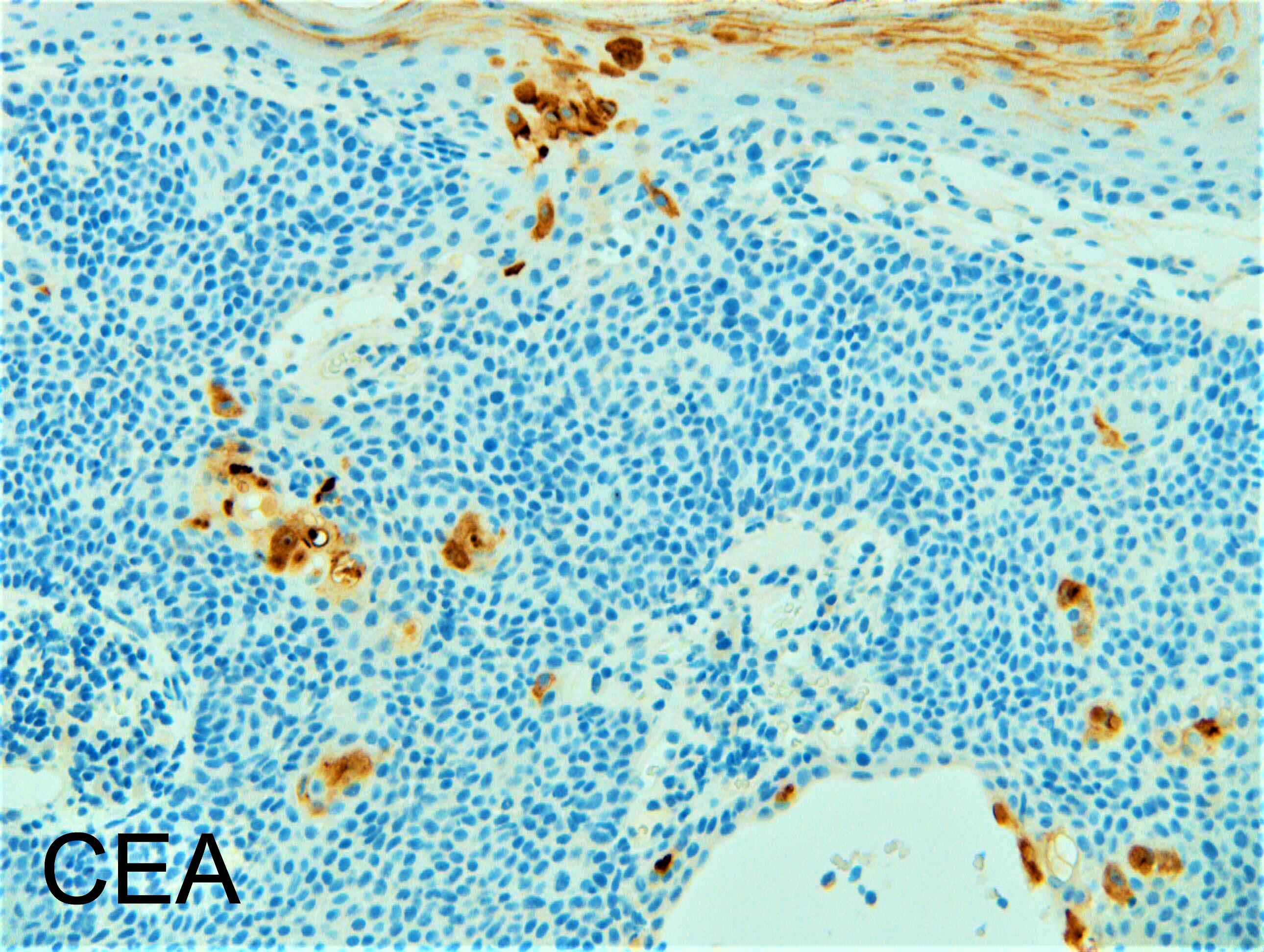

Join the conversation
You can post now and register later. If you have an account, sign in now to post with your account.